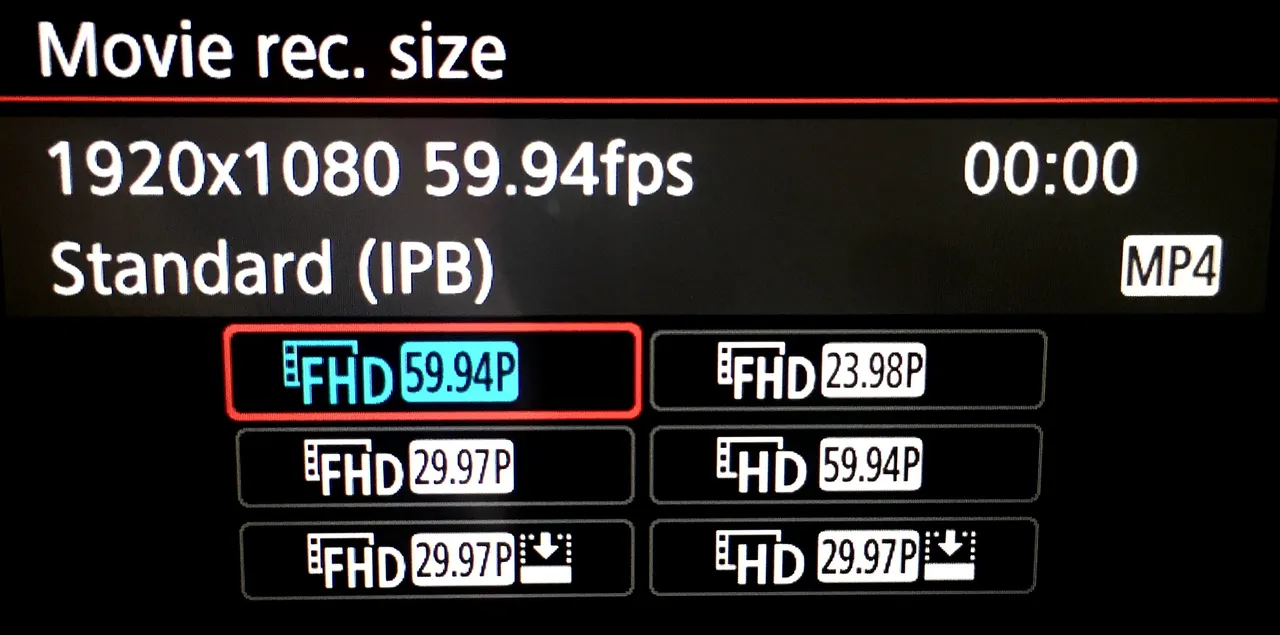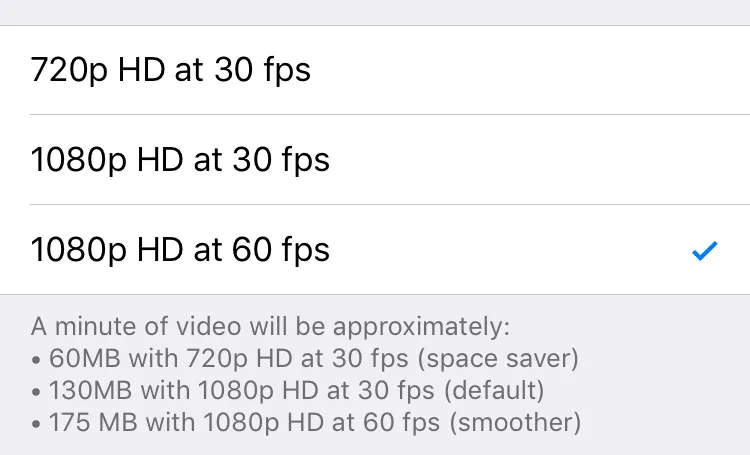
Today we talking about something what may not realise if you consume movies and clip in the Internet. Frame rates or FPS (frames per second). If you check your camera you will find different frame rates: 24, 25, 29.97, 30, 50 and 60 are the most common ones. Why there are so many and how the came up? For this we jump back to the analog TV. The analog TV uses the AC voltage for creating the frames. Because of different AC voltage in Europe (50Hz) and America (60Hz) different formats came up. In Europe there is the PAL standard while America uses NTSC. I don’t want to go too deep in this but basically thats the reason for the different frame rates. The 24 frames refer to the cinema because back in the days (and also nowadays) most movies are filmed in 24 fps. Now the question arises: Which frame rate should I choose? It depends on your purpose. If you want a really smooth footage or slow down your recording you should choose the 50 or 60 fps. Keep in mind that your files getting bigger if you record in higher frame rates. If you know you don’t need a slow motion or just want to save memory on your SD card choose a lower frame rate. For the „real“ cinelook you should take the 24 fps, for a more fluent footage use the 30 fps.

iPhone video settings
Why is it so important how you set up the frame rate? There are two reasons why should care about the frame rate. First reason is the compatibility. For some cutting programs you need to know which frame rate you used for recording. Some container don’t support certain frame rates and then you need to change the whole project or have a strange look. Also if you work with two different cameras you need to know which frame rates are suitable. For example you shoot in 24 fps with your DSLR and use your iPhone as well. This can capture only in 30 or 60 fps and so you are losing material in post or need to stretch your footage. The second reason is related to the aperture. In the next post we will take a closer look on the aperture, shutter and ISO.